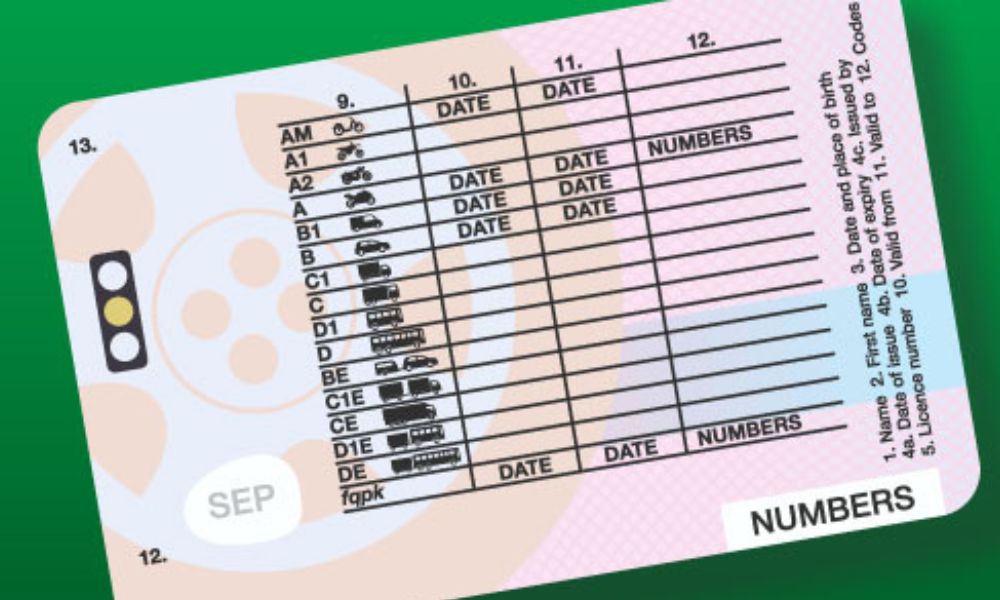A guide to UK Driving Licences
To be eligible to drive a car without supervision in the UK, you need to have a full UK driving licence or eligible licence from abroad. However, before applying for a full driving licence, you need to get a provisional licence, learn to drive, and take theoretical and practical tests.
A driving licence is a legal requirement to drive unsupervised and if, for whatever reason, you’re stopped by a police officer on the road, you should be able to provide them with your driving licence, along with your insurance and MOT certificate.
You are required to renew your driving licence every 10 years, and it costs £14 from the DVLA site – it will be posted out within two weeks.
If you’re still trying to figure out the ins and outs of UK driving licences, read on. Our guide to UK driving licences will give you all the information you need to drive safely and legally on roads all over the UK.
30 second car valuation
Who can drive in the UK?
Most people can start learning to drive when they are 17 years old. Before you’re allowed behind the wheel of a car though, you must have the correct driving licence and meet the minimum eyesight rules.
Before we go into more detail about the types of driving licences required for different levels of driving, there are a couple of other requirements to know about, specifically for learner drivers.
Learner driver requirements
When learning to drive, learner drivers must be supervised by a qualified driver (except if riding a motorcycle) and learner plates must be displayed. Most people prefer to learn with a driving instructor. When choosing a driving instructor, always look for recommendations.
The vehicle used in driving lessons must be registered with the DVLA and should have up to date vehicle tax. In the UK, tax is personal to the driver, so new drivers will need to register for tax after the vehicle is purchased. You will also need to have a current MOT certificate to prove that the car is roadworthy. Lastly, you must have vehicle insurance from a third party.
Most driving instructors will have all of this covered for you, so if you choose to learn in their car, you don’t have to worry about it. If you’re learning in your own car though, you’ll have to look into the legal requirements for learner drivers in more detail.
Different types of UK driving licences
Provisional Driving Licence
You will need a provisional driving licence to learn to drive. A provisional licence costs £34 and you can apply for one online with an ID document or valid UK biometric passport. You will also need to know your addresses for the last three years and national insurance number. When you apply online you will get your licence within one week, but it may take longer if the DVLA need to make additional checks.
What can you do with a provisional driving licence?
With a provisional driving licence, you can drive on all UK roads except motorways. Learner drivers will have to be supervised by a driving instructor or any other driver, as long as they’re over the age of 21 and have held a full driving licence for a minimum of three years.
Provisional licences can be used to drive a moped or light quad bike from the age of 16, or to drive a car from the age of 17. Learner plates must always be displayed.
Full UK driving licence
A full UK driving licence can be applied for once the practical and theory driving test has been passed. The driving licence can be converted easily by applying electronically at the test centre after you have passed.
If your name or address has changed since you got your provisional driving licence, you will need to update your licence with DVLA free of charge. Your licence will need renewing every 10 years, and it costs £14 from the DVLA site – it will be posted out within two weeks. You can check what vehicles you can drive by using this tool on the government’s website. What you can drive may differ depending on when the licence was issued due to more restrictions being placed on new licences throughout the years.
International Driving Permit (IDP)
If you want to drive abroad for prolonged amounts of time, you may need to apply for an IDP. To do this, you will need to have a valid GB or NI driving licence.
You will not need an IDP for stays of under 12 months to drive in any EU or EEA country, or Switzerland – although this may be subject to change from the 1st January. Find out if you need an IDP here.
Related articles
What our customers think





